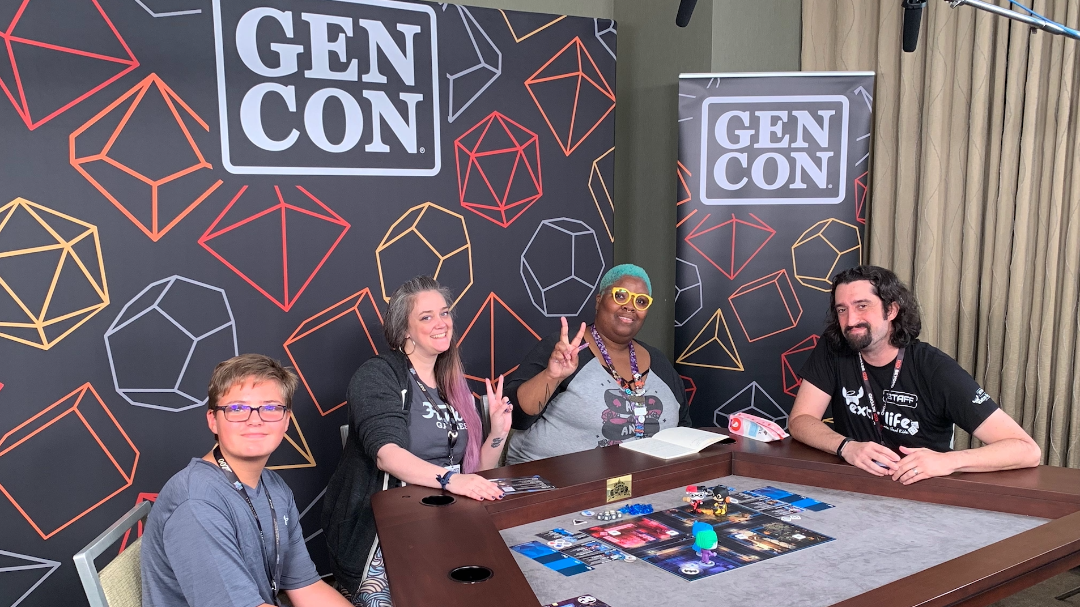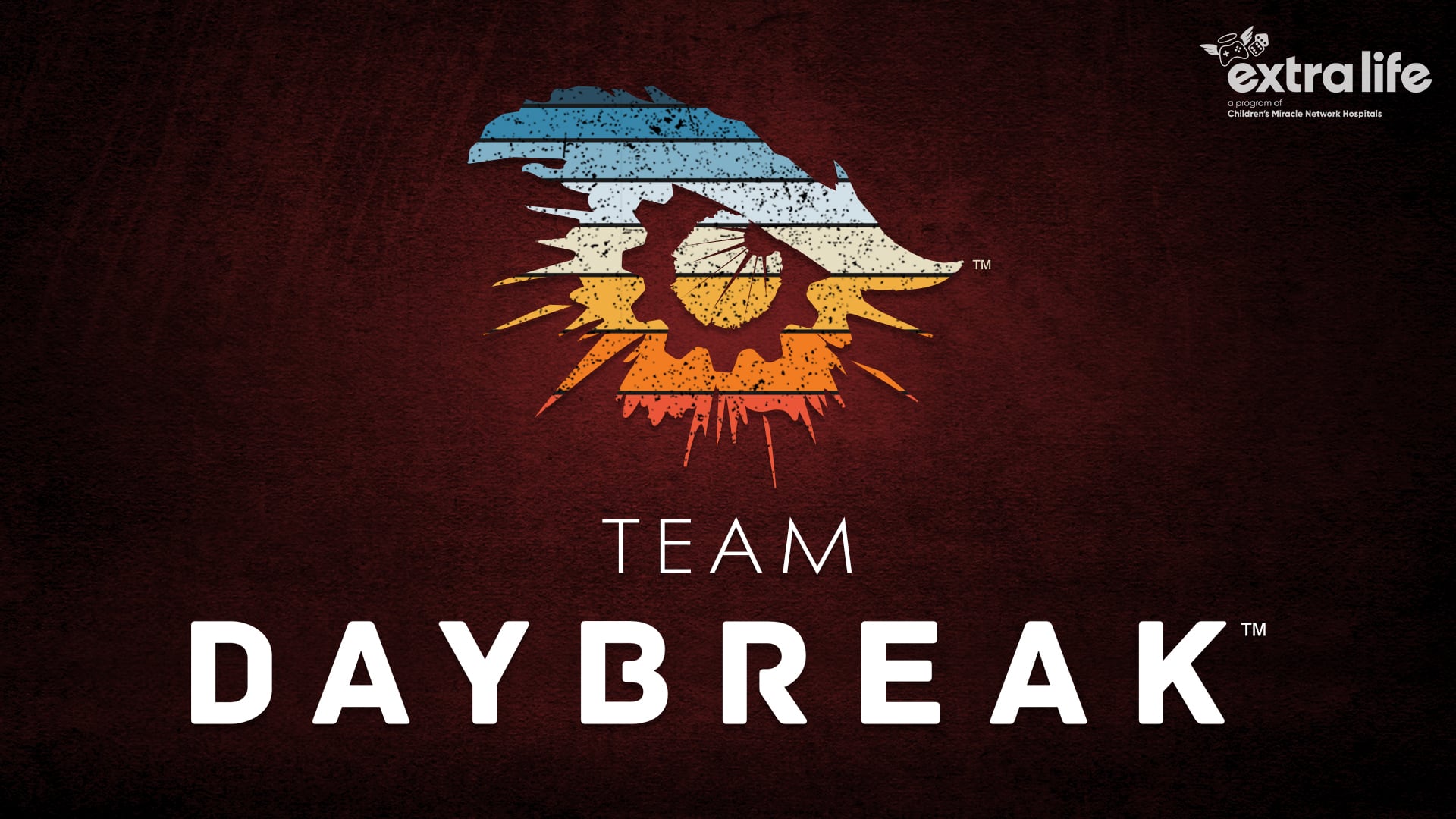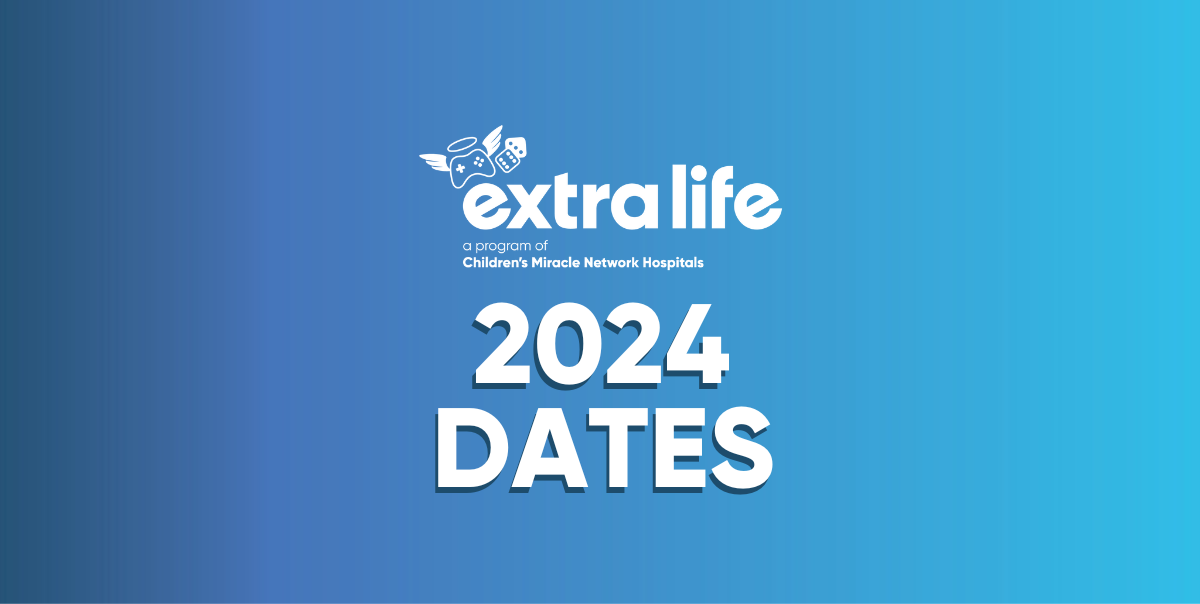A Brief History of Charity Gaming
Charity and gaming have been linked since before the rise of video games as an entertainment medium. From tabletop gaming to Let’s Play videos and into the modern live streaming era, gamers have been finding ways to use the power of their hobby for good in the world. Extra Life brought together many disparate pieces of fundraising throughout history and has been going strong since 2008, raising over $70 million USD for sick and injured kids. Where did all of this come from?
Telethons, a Precursor to Livestream Fundraising
Comedian and actor Milton Berle hosted the first telethon in 1949, raising over $1 million USD for cancer research. The fundraising format quickly caught on and many of the early telethons have become recurring local events with histories that go back over 60 years. Children’s Miracle Network Hospitals itself grew out of a local telethon based in Utah! Check out this vintage footage from the first-ever CMN Hospitals telethon back in 1983.
Tabletop Gaming’s Charity Component
During the rise of telethons, gaming also began to build steam. Wargaming had been a niche hobby since the 1800s, but Gary Gygax envisioned something more streamlined and fanciful. Instead of meticulously playing out historic battles, Gygax conceived of a fictional world in which groups of players would control different characters while one other player operated as a referee of sorts. From that core concept and intimate playtesting, Dungeons & Dragons was born.
The rapid explosion of Dungeons & Dragons’ popularity led to local game shops becoming hubs for local gamers who enjoyed D&D as well as the other tabletop RPGs that began flooding the shelves. These local shops began to have their own charity fundraising events to help people in their communities, something they were able to do due to the traffic their stores received from players. Nothing came to exemplify this more than Gen Con, the largest tabletop gaming convention in North America that was created by Gary Gygax before publishing Dungeons & Dragons. The convention took the local trend of charity fundraising and made it an integral part of the event. Every year, Gen Con donates money raised from various special events over the course of its four days run to a new charity. We were so honored to have Extra Life spotlighted this past summer at Gen Con and plan to be a part of this event for years to come.

The Rise of Gaming Livestreams
Eventually, digital gaming rose in popularity, though it didn’t fundamentally change the way gaming and charity had operated. In the mid-2000s, Google acquired YouTube and video of playthroughs along with a running commentary began a rise in popularity. This set the stage for popular content creators to host their own versions of online telethons centered on gaming and broadcast on the internet, an event that has now been dubbed a “gaming marathon.”
One of the first of these was Desert Bus for Hope, wherein the hosts of the web show LoadingReadyRun played the game Desert Bus to raise money for charity. Desert Bus tasks players with driving from Tucson, Arizona to Las Vegas, Nevada, a trek that takes roughly 8 hours each way. It also never ends. The cast of LoadingReadyRun filled the stream with crazy antics and jokes to pass the time while raising money based on donations that increased the amount of time they would have to play the game. The event was so successful that they have continued doing it every year since 2007.
Extra Life’s Origin
 When Jeromy Adams connected with Victoria Enmon and her family, he harnessed his expertise raising funds for Children’s Miracle Network Hospitals via Radiothons (a telethon adaption for radio stations) and parlayed the model into the gaming community. The first Extra Life fundraiser took place in 2008. Since that time, the campaign has gone on to raise over $70 million USD for 170 member hospitals. Check out this recap of the past decade of Extra Life’s healing impact across North America.
When Jeromy Adams connected with Victoria Enmon and her family, he harnessed his expertise raising funds for Children’s Miracle Network Hospitals via Radiothons (a telethon adaption for radio stations) and parlayed the model into the gaming community. The first Extra Life fundraiser took place in 2008. Since that time, the campaign has gone on to raise over $70 million USD for 170 member hospitals. Check out this recap of the past decade of Extra Life’s healing impact across North America.
Games and Extensions Designed to Heal
 Streaming for charity has only become more popular since then, in no small part due to the rise of Extra Life’s popularity among streamers. Now there are all kinds of support programs to improve the stream experience for viewers. These extensions have become so advanced that streamers can embed games for viewers directly into the stream itself. One of the coolest examples of these is The Omega Cluster, a Twitch extension that allows viewers to play a game that has them moving a space ship to separate matter and anti-matter. The awesome thing about The Omega Cluster? It’s helping researchers discover better ways to treat multi-drug resistant cancer. Plus, it’s been played at fundraising events for Extra Life!
Streaming for charity has only become more popular since then, in no small part due to the rise of Extra Life’s popularity among streamers. Now there are all kinds of support programs to improve the stream experience for viewers. These extensions have become so advanced that streamers can embed games for viewers directly into the stream itself. One of the coolest examples of these is The Omega Cluster, a Twitch extension that allows viewers to play a game that has them moving a space ship to separate matter and anti-matter. The awesome thing about The Omega Cluster? It’s helping researchers discover better ways to treat multi-drug resistant cancer. Plus, it’s been played at fundraising events for Extra Life!
Where charity gaming might go in the future is anyone’s guess but, judging from where it came from and what it is now, it will be incredible.
Don’t forget to sign up for Extra Life to help sick and injured kids in hospitals around the US and Canada by playing games!






